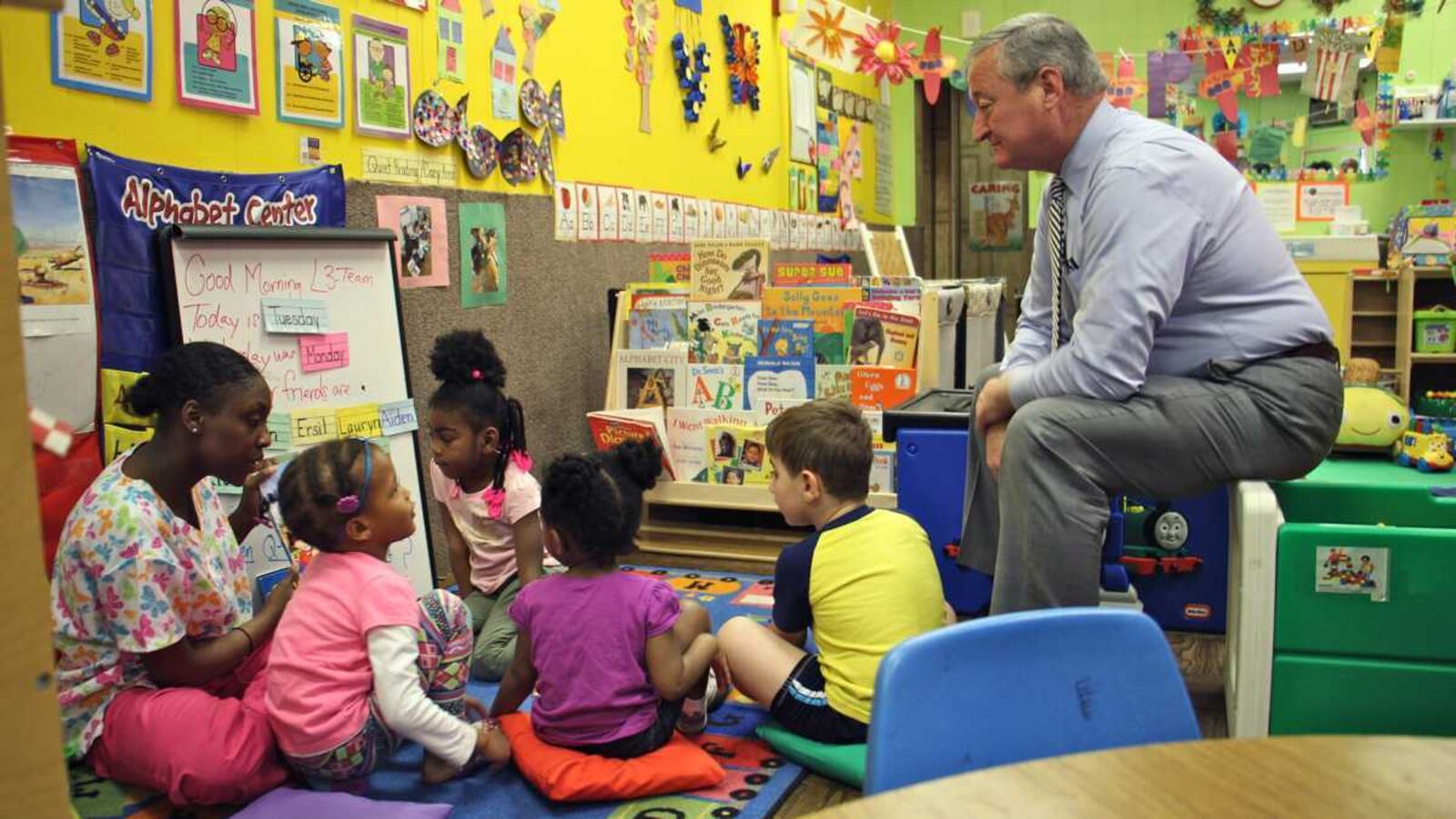This article was originally published in The Notebook. In August 2020, The Notebook became Chalkbeat Philadelphia.
By the City of Philadelphia’s count, more than 17,000 low- and middle-income children don’t have access to high-quality, publicly funded pre-K. Money from the new soda tax is supposed to help close that gap. But just because there’s more demand than supply doesn’t mean parents will necessarily rush to fill the new seats.
That paradox is rooted in how parents choose pre-K for their kids.
When we think about school choice, we often think about the K-12 sector, where quality heavily influences the choices parents make. Open up an awesome public school — or at least a school perceived as awesome — and parents will gladly flock to it. If their kids have to travel a little farther to attend a better school, so be it. Indeed, families often orient their entire lives — where they live, how they commute to work, and more — around finding the best school for their children.
It’s a safe bet that if the City of Philadelphia opened scads of new high-quality schools, it would have little trouble filling them.
Pre-K, however, is a different story. To understand why, you have to meet folks like Darlene Williams, who lives in North Kensington.
Williams’ grandson, Amir, is 5. For the last two years, he’s attended Candy’s Kids Learning Academy, a small, storefront operation located about 500 feet from the rowhouse shared by Williams, her daughter, and Amir.
Candy’s Kids opened shortly before Amir started attending, and it is still trying to move up the state’s quality-rating system. It has just one star out of four on the Keystone STARS rubric, according to state records. Centers must have three or four stars to be considered high-quality by the city.

